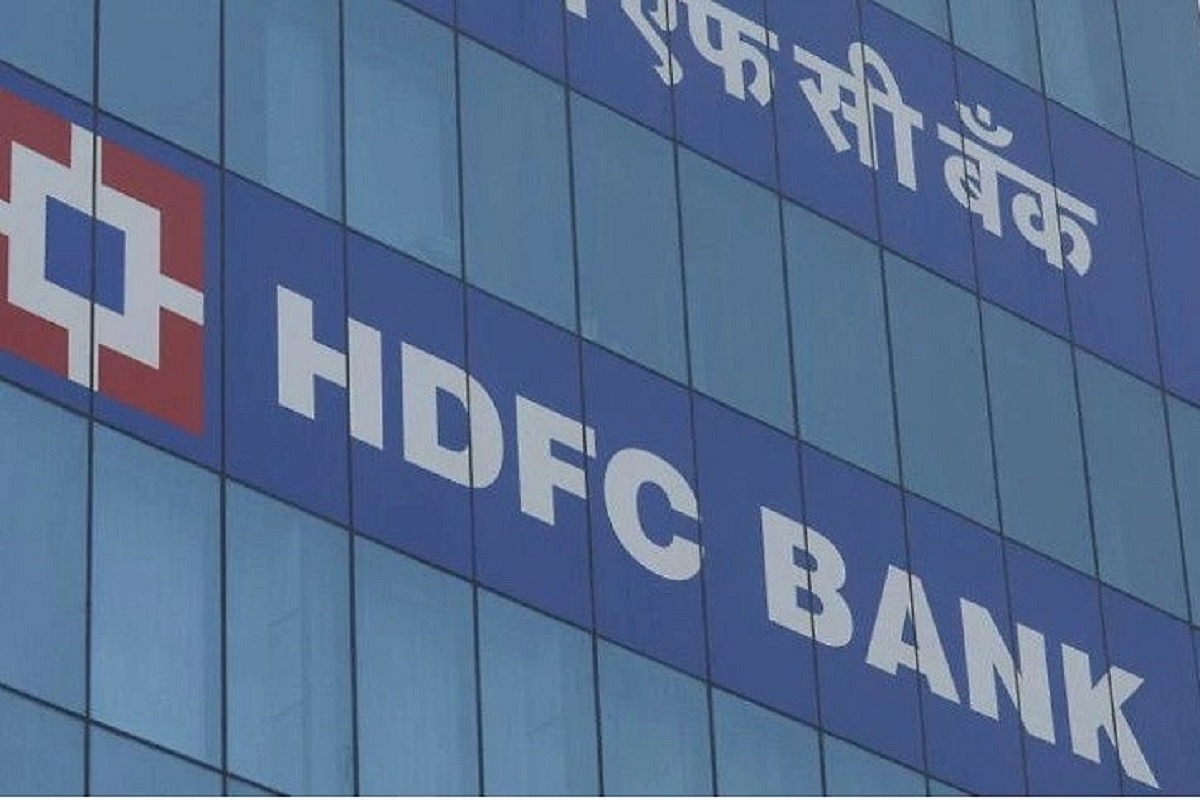Business
Why Is India’s Financial Sector In A Flurry?
- Mega mergers and acquisitions and the return of finance companies to the stock market are some of the key reasons why there is an increased activity in the finance space.

An HDFC bank building.
India’s financial sector appears to have recovered from the trouble caused by the Covid-19 pandemic and from the bad-loan crisis, which led to subdued growth in the latter part of the previous decade.
The sector is witnessing a number of mega mergers and acquisitions, strong growth, and cleaner balance sheets, which indicates that the sector is out of trouble.
Bank credit growth is on consistently at mid-teen levels, while profitability has risen. Recently, SBI reported its highest-ever quarterly profits in the first quarter of financial year 2023 (Q1FY23), overtaking Reliance Industries as India’s most profitable company for the quarter.
Reliance itself has made its plans of entering the finance sector public, while the Mahindra Group bought a stake in RBL Bank.
Several other merger and acquisition deals have been executed or are underway, including Bain’s investment in Adani Capital, Shriram Group’s merger, Svatantra’s acquisition of Chaitanya India Fin Cred, Axis’ acquisition of Citibank’s consumer banking business, among others.
Why Have The Numbers Of Deals Increased?
India has already seen several mergers in the year, and is expected to see several others in the coming months.
The mega-merger of HDFC Limited and HDFC Bank has been widely discussed, and is expected to create a stronger behemoth in the banking space. The combined entity is the fourth-largest bank in the world.
Similarly, IDFC First Bank and IDFC Limited are two other companies that are expected to complete their merger soon, as well.
The current trend of mergers could be due to a combination of several reasons — non-banking financial companies (NBFCs) losing their regulatory advantage, lower cost of funds, and other synergies on both cost and revenue side.
Earlier, NBFCs were subject to looser rules than those set for banks.
However, with several NBFC collapses over the last few years, rules are being tightened.
The Reserve Bank of India too has been nudging large NBFCs to move to a banking structure. While it is tough to generalise, NBFCs usually cater to a relatively riskier market since they were created to fill in the gap where banks couldn’t reach.
Hence, banks would create an NBFC arm that could carry on lending activities in areas where the bank couldn’t do so directly.
However, with growing concerns about NBFCs, the regulatory freedom that NBFCs enjoyed is reducing. Hence, the costs of running two separate entities might outweigh benefits for most players.
Apart from mergers, some acquisitions, like Svatantra’s takeover of Chaitanya India, have been announced on the NBFC side as well.
Finance companies are also returning to the stock market to raise money. SBFC Finance’s recent IPO was oversubscribed 70 times, while India Shelter Finance recently filed documents for an IPO.
Stronger Balance Sheets Have Helped Drive Growth
Another factor that has increased activity in the finance space is the fact that public sector banks have been nursed back to health.
Several of these banks were in a precarious situation, but through a combination of fund injections and constant RBI vigilance, these banks have managed to offload a material portion of their bad assets.
As a result, restrictions like prompt corrective action (PCA) have been removed for several troubled PSU banks.
At the same time, private sector lenders like ICICI have managed to clean up their balance sheets and are in a much better position today than they were a few years ago.
Growing demand from retail segment and the ability to meet this demand unhindered has been the primary driver of credit growth so far. The access to loans is easier as well, with fin-tech companies doling out loans quickly through apps, based on non-traditional metrics.
The current loan growth appears to be more organic than the corporate driven loan growth in the last decade.
Both NBFCs and banks are focused on retail lending, as opposed to corporate lending this time around.
The corporate segment, which was mainly responsible for the bad loan crisis, could indulge in large scale manipulation of the system, and arm-twist or bribe bank officials into doling out loans.
The retail audience cannot engage in similar behaviour. Nevertheless, there are concerns about the quality of lending possibly deteriorating with increasing competition in the retail segment and entry of several new players.
The share of unsecured retail lending in the total loan pie has increased, with more Indians borrowing to fund consumption.
Whether lenders can stay relatively more disciplined this time around, or they go overboard once again would be key in determining their performance.
Support Swarajya's 50 Ground Reports Project & Sponsor A Story
Every general election Swarajya does a 50 ground reports project.
Aimed only at serious readers and those who appreciate the nuances of political undercurrents, the project provides a sense of India's electoral landscape. As you know, these reports are produced after considerable investment of travel, time and effort on the ground.
This time too we've kicked off the project in style and have covered over 30 constituencies already. If you're someone who appreciates such work and have enjoyed our coverage please consider sponsoring a ground report for just Rs 2999 to Rs 19,999 - it goes a long way in helping us produce more quality reportage.
You can also back this project by becoming a subscriber for as little as Rs 999 - so do click on this links and choose a plan that suits you and back us.
Click below to contribute.
Latest